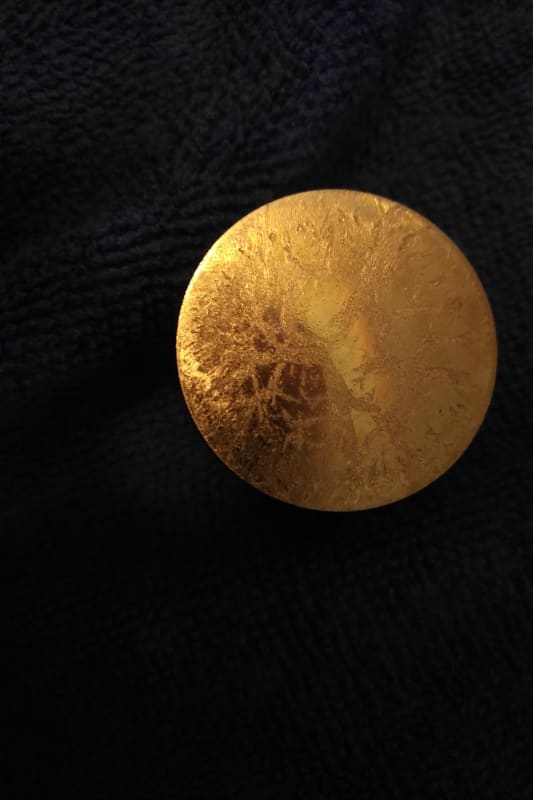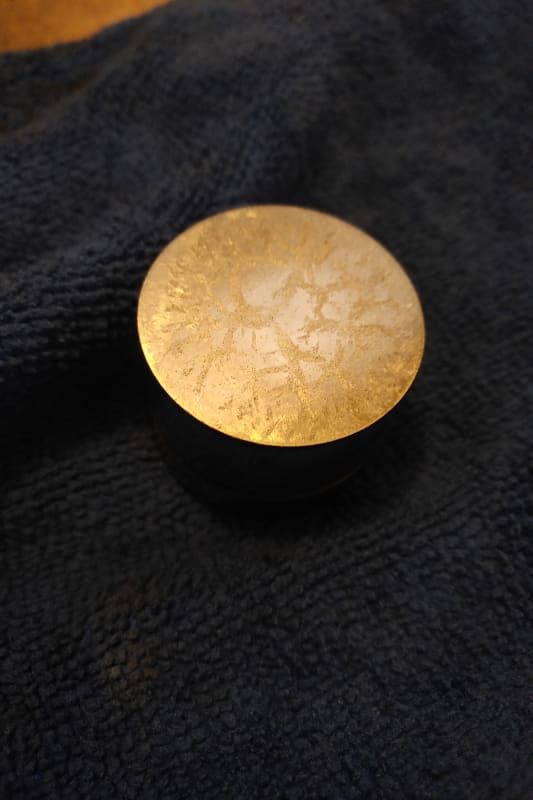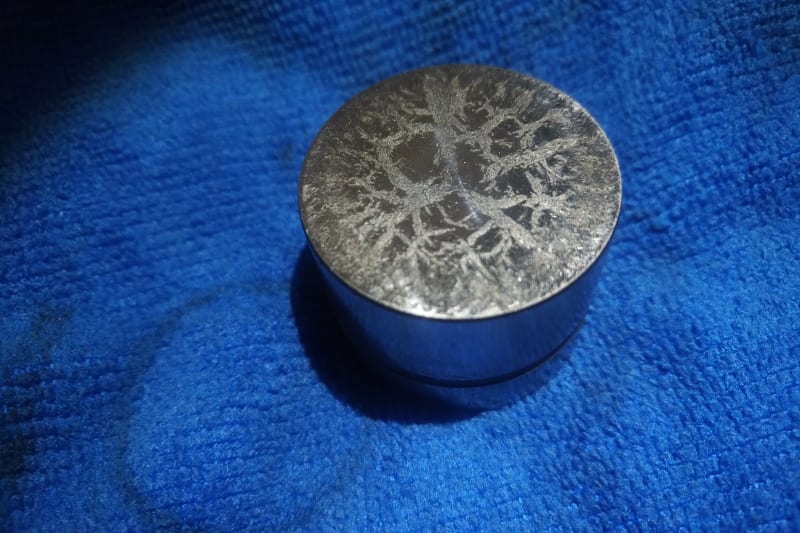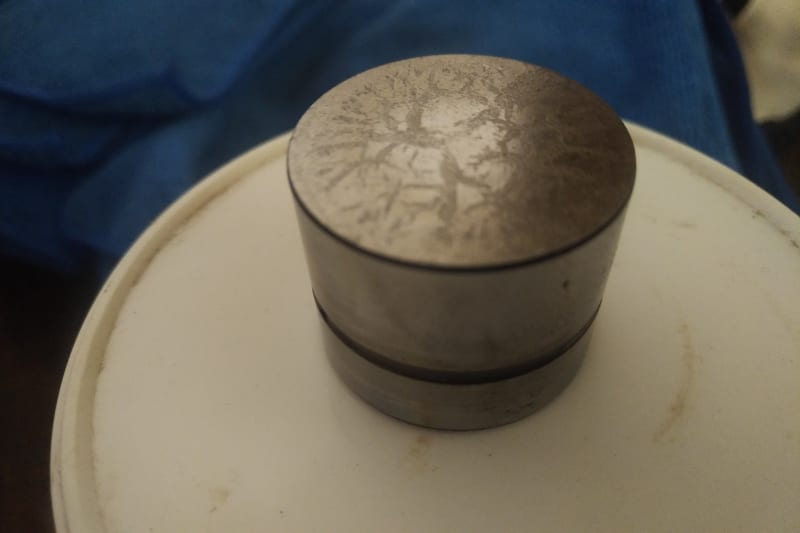Hello,
Maybe someone has ideas, how in ~1000km exhaust hydraulic lifter can wear like in these pictures:


Also, camshaft lobe for this lifter is also worn, but I don't have pictures of it. Engine has 16 valves, but only one lifter is worn, other lifters and cam lobes are in good condition. I disassembled this lifter to check what's inside, but everything was normal, lifter was not blocked. Using same brand and viscosity oil for last 60k km, changing oil every 10k km. 1000km ago there wasn't any wear signs
Maybe someone has ideas, how in ~1000km exhaust hydraulic lifter can wear like in these pictures:


Also, camshaft lobe for this lifter is also worn, but I don't have pictures of it. Engine has 16 valves, but only one lifter is worn, other lifters and cam lobes are in good condition. I disassembled this lifter to check what's inside, but everything was normal, lifter was not blocked. Using same brand and viscosity oil for last 60k km, changing oil every 10k km. 1000km ago there wasn't any wear signs


